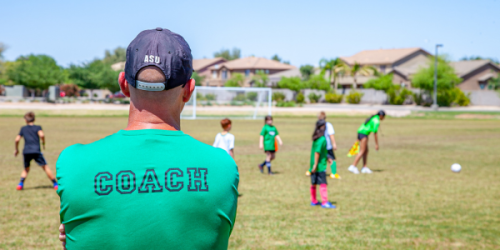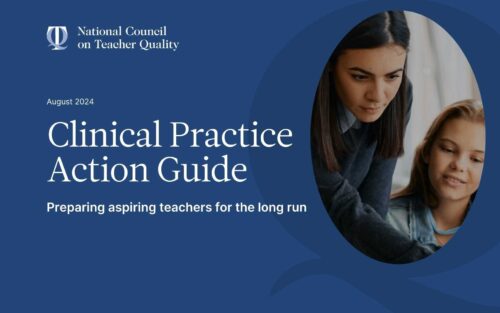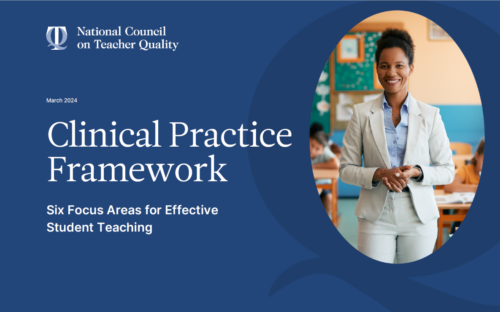Welcome to Profiles on Teacher Prep, NCTQ’s blog for state policy makers, schools of education, teacher candidates, and all those interested in the world of teacher preparation. Each month our expert analysts explore issues in teacher preparation and use data from NCTQ’s Teacher Prep Review to highlight trends from thousands of teacher education programs across all 50 states and D.C. Interested in receiving this blog each month? Subscribe here.
Even today, high-needs schools—characterized by higher proportions of students living in poverty—struggle to attract and, more critically, retain effective and experienced teachers. One prong of NCTQ’s work in this area has been to encourage states to identify and remedy this inequity through ESSA state plan analyses, but another prong lies in teacher prep.
We think teacher prep programs are missing a huge opportunity to tackle this issue, through student teaching placements. NCTQ has advocated for this approach for years, and communicated the importance to the teacher prep community through our standards and reports.
Recent studies demonstrate that working with students in high-needs schools during student teaching, with an expert mentor, increases the odds that candidates will choose to teach—and stay—in such schools. Research further suggests that most effective for retention and effectiveness of future teachers are student teaching experiences in high-performing high-needs schools, where candidates can observe high expectations in action. If we want teachers to both feel confident and be successful in high-needs schools from their first day in the classroom, there is undeniable benefit from their having observed great educators model best practices in these environments.
The Rodel Foundation’s Teacher Initiative provides an excellent model for teacher preparation. From 2004 to 2016 (the program ended because of a change in strategy), the foundation worked with seven local colleges of education to place student teachers in high-needs schools where a minimum of 70 percent of students received free or reduced lunch.
Rodel’s Promising Student Teachers made it through a tough application process and committed to teaching in high-needs Arizona schools for three years. Importantly, their classroom mentors were even more carefully selected. Rodel’s Exemplary Teachers had “levels of student achievement… consistently well above norms” and demonstrated “evidence of effective teaching practices and mentorship capability.” By the end of the Rodel Teacher Initiative program, 87 percent of their graduates reported being teachers and 93 percent of those were still teaching in high-needs schools after the three year commitment. A 2011 independent evaluation of the program by Arizona State University found that students taught by graduates of the initiative had higher test scores than their peers taught by other novice teachers, and that the graduates themselves were observed to be more effective than their novice-teacher peers at high-needs schools.
We think student teachers should be strategically placed with quality mentors in high-needs, high-performing schools. Doing so could have far reaching consequences, as teachers become better prepared to effectively teach in high-needs schools, are more likely to stay in those schools, and ultimately work towards providing chronically disadvantaged students with the educational equity they deserve.
More like this

Ahead of the pack: Which districts are setting strong clinical practice policies?



